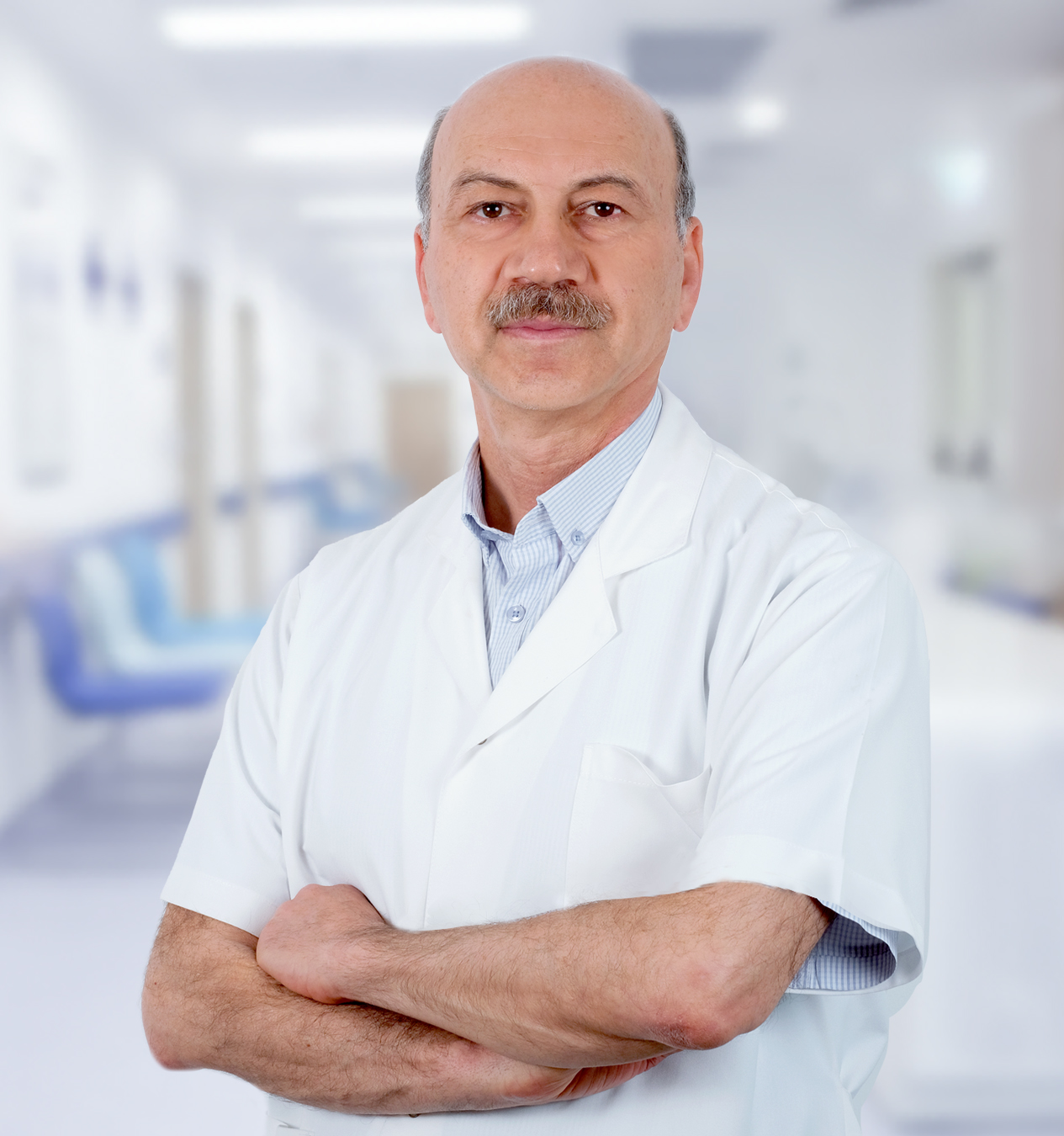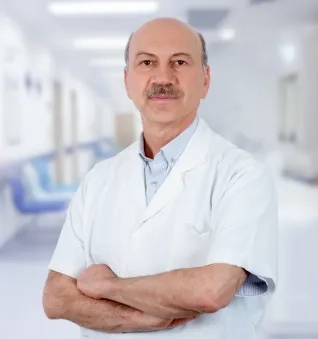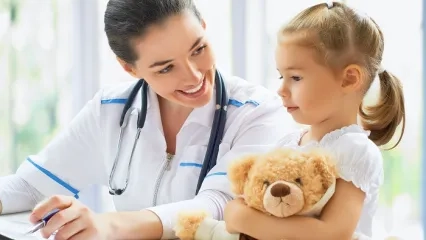Alo Yeditepe
Alo Yeditepe
Childhood Lymphoma Treatments Give Hope!
Childhood lymphoma treatments offer hope!
The developments in lymphoma treatments that affect everyone regardless of age and gender over the last 30-40 years draw attention. Today, the determination of risk groups according to the biological and genetic characteristics of the disease and the increase in treatment options allow us to achieve satisfactory results. Stating that the vast majority of childhood lymphomas can be treated today, Yeditepe University Koşuyolu Hospital Pediatric Hematology and Oncology Specialist Dr. Çetin Timur made an important statement on 15 September World Lymphoma Day.
Lymphoma, which is the second most common in Türkiye after leukemia with 20 percent in childhood cancers, is one of the cancers whose cause has not been fully established. Hodgkin's lymphoma (HL) and non-Hodgkin's lymphoma (NHL) are divided into two main groups. The incidence of lymphoma may vary depending on age and society. Statistics show that the incidence of the disease in Türkiye is 4 per 100,000.
The NHL accounts for 15 percent of all childhood cancers, and its incidence increases with age. The disease is more common in boys of all ages. In particular, 75 percent of cases under the age of 15 are men. Yeditepe University Koşuyolu Hospital Pediatric Hematology Specialist Dr. Çetin Timur states that with the understanding of the biological and genetic structure of the disease, treatment alternatives have also increased, especially with early diagnosis, almost complete treatment success can be achieved in children.
Childhood lymphomas are most common in boys aged 5-10 years!
People with "Infectious mononucleosis," also known as "kissing disease," and characterized by fever, lymph node enlargement, sore throat, or angina, are three times more likely to have Hodgkin's lymphoma than the general population. In addition, the incidence of lymphoma is increasing in people with the immune system deficiency virus HIV (AIDS). Apart from these, studies are showing that exposure to radiation and some chemicals, drugs used in the agricultural sector, and some drugs used in pregnancy are also responsible for lymphomas.
Not every lymph node enlargement is lymphoma!
As with other diseases, early diagnosis and treatment are vital in the treatment of lymphoma. When parents observe symptoms such as painless swelling in the neck, armpit, lymph nodes in the groin, fever, night sweats, weakness, loss of appetite, and loss of weight, they should immediately consult a pediatric hematology-oncology specialist. Not every lymph node enlargement means lymphoma. Even in simple infections in children, it is necessary to pay attention to the problem since growth can be seen in the lymph.
Promising Results Are Being Achieved
Stating that stem cell transplantation and smart drugs have been used in recent years, especially in treatment-resistant and recurrent cases, Specialist Dr. Çetin Timur said, "Our goal in childhood lymphoma is not to extend the life of the patient for several years but to ensure that the child lives their next year’s healthy and disease-free like their peers. Supportive treatments such as infection prevention and treatment, and nutritional support are also important during specific treatments. In addition, providing psychological and social support to both children and family members during the treatment plays an important role in the success of the treatment."
About
Faculty and Year of Graduation:
İ.U. Cerrahpaşa Medical School, 1981
”
See Also
- Father Who Lost His Daughter to Leukemia Saved a Life Through Stem Cell Donation
- He Beat Leukemia, Made A Graduation Ceremony in His Hospital Room, and Won the University
- Good Results have been Achieved in Leukemia Treatment
- Soil Eating in Patients with Pica Syndrome
- Guidelines for Safe Living After Hematopoietic Stem Cell Transplantation
- What are Hematopoietic Stem Cells and What is Their Function?
- How to Apply for Bone Marrow Transplantation?
- Frequently Asked Questions in Hematopoietic Stem Cell / Bone Marrow Transplantation
Alo Yeditepe







